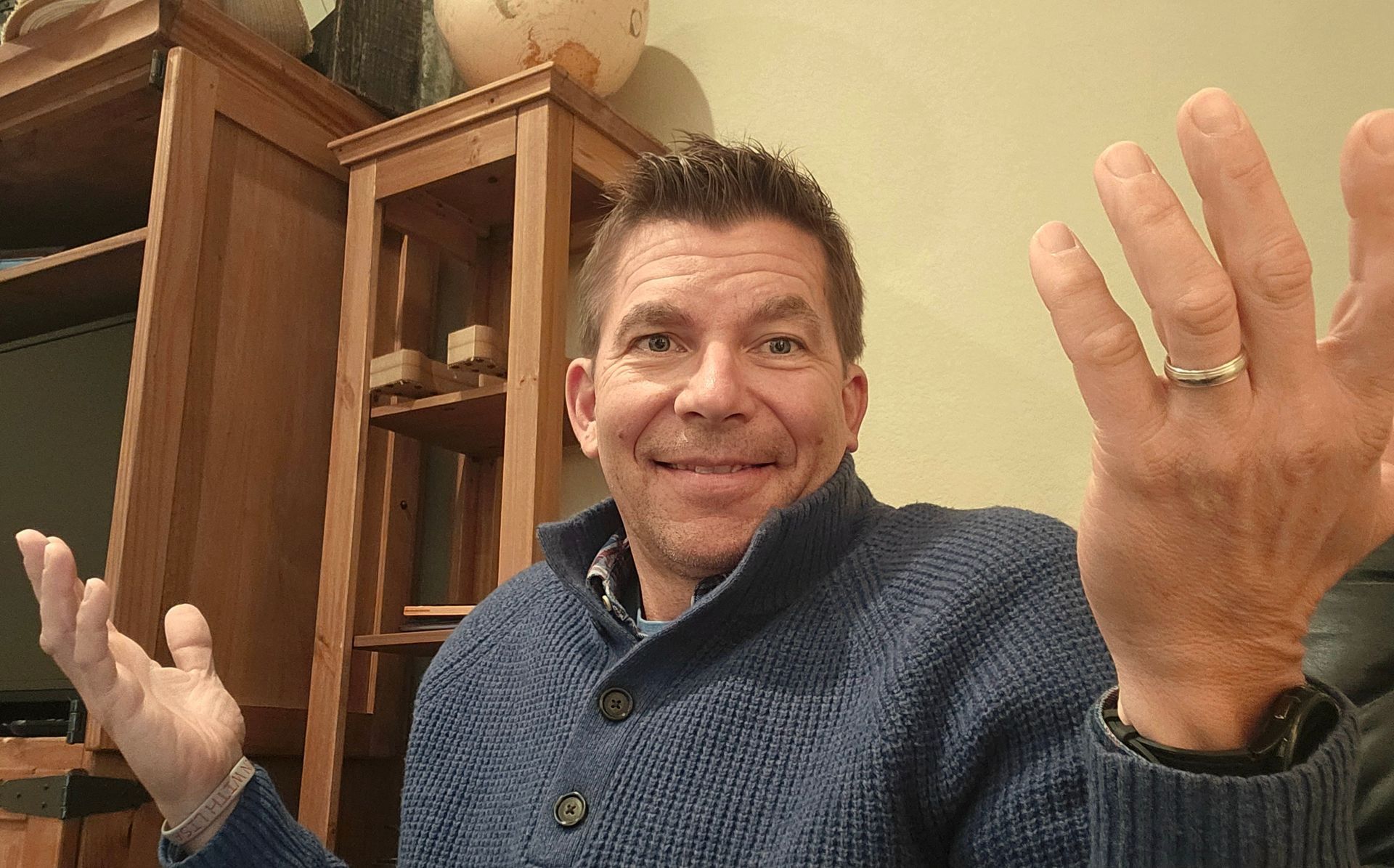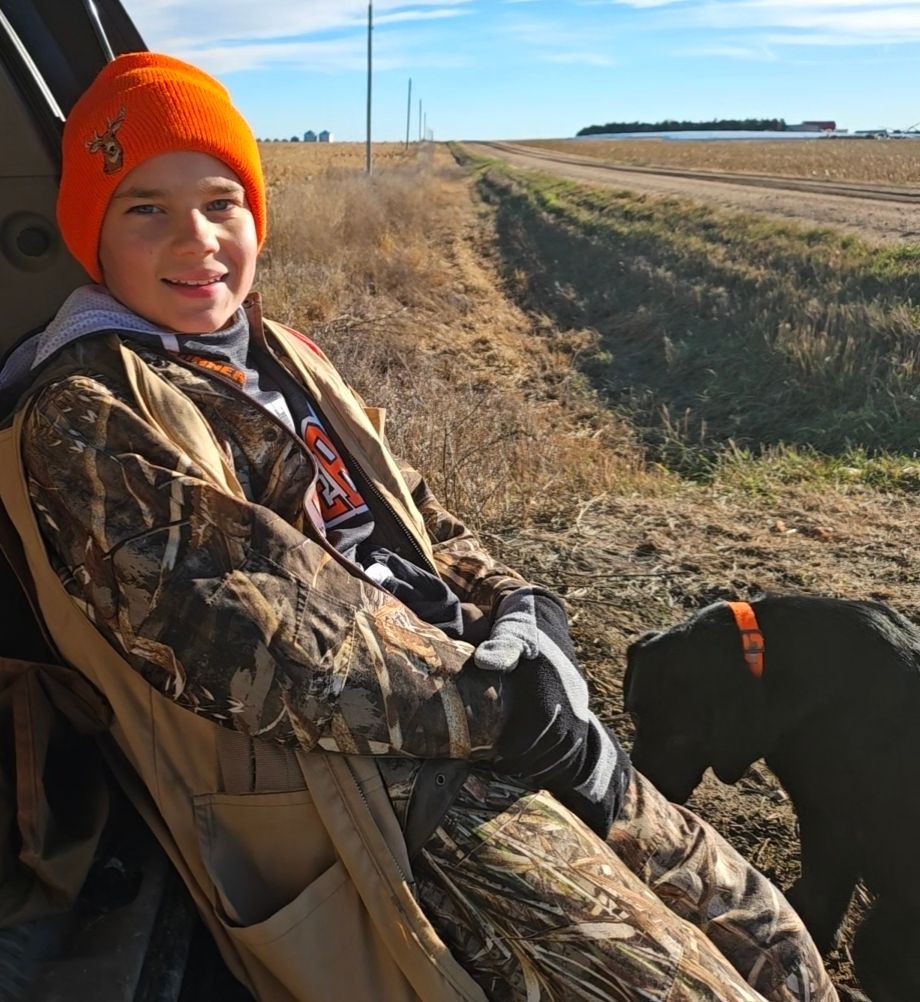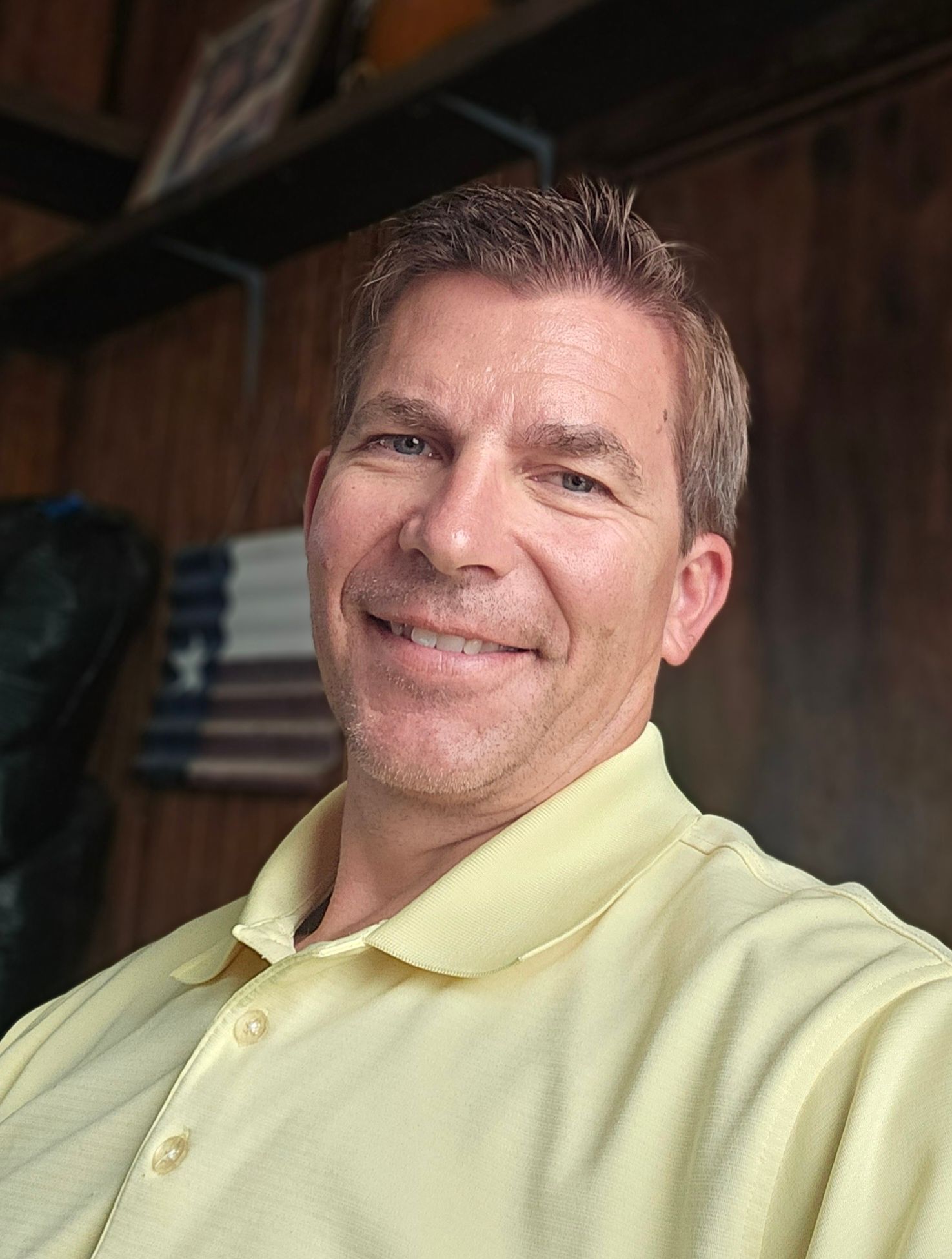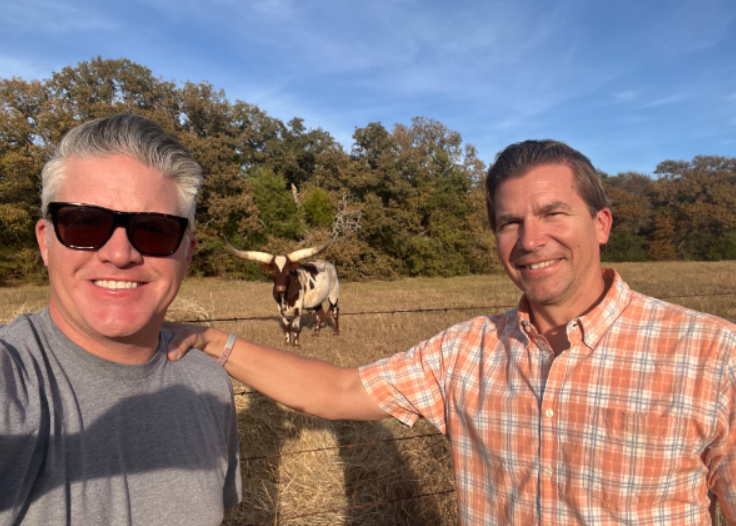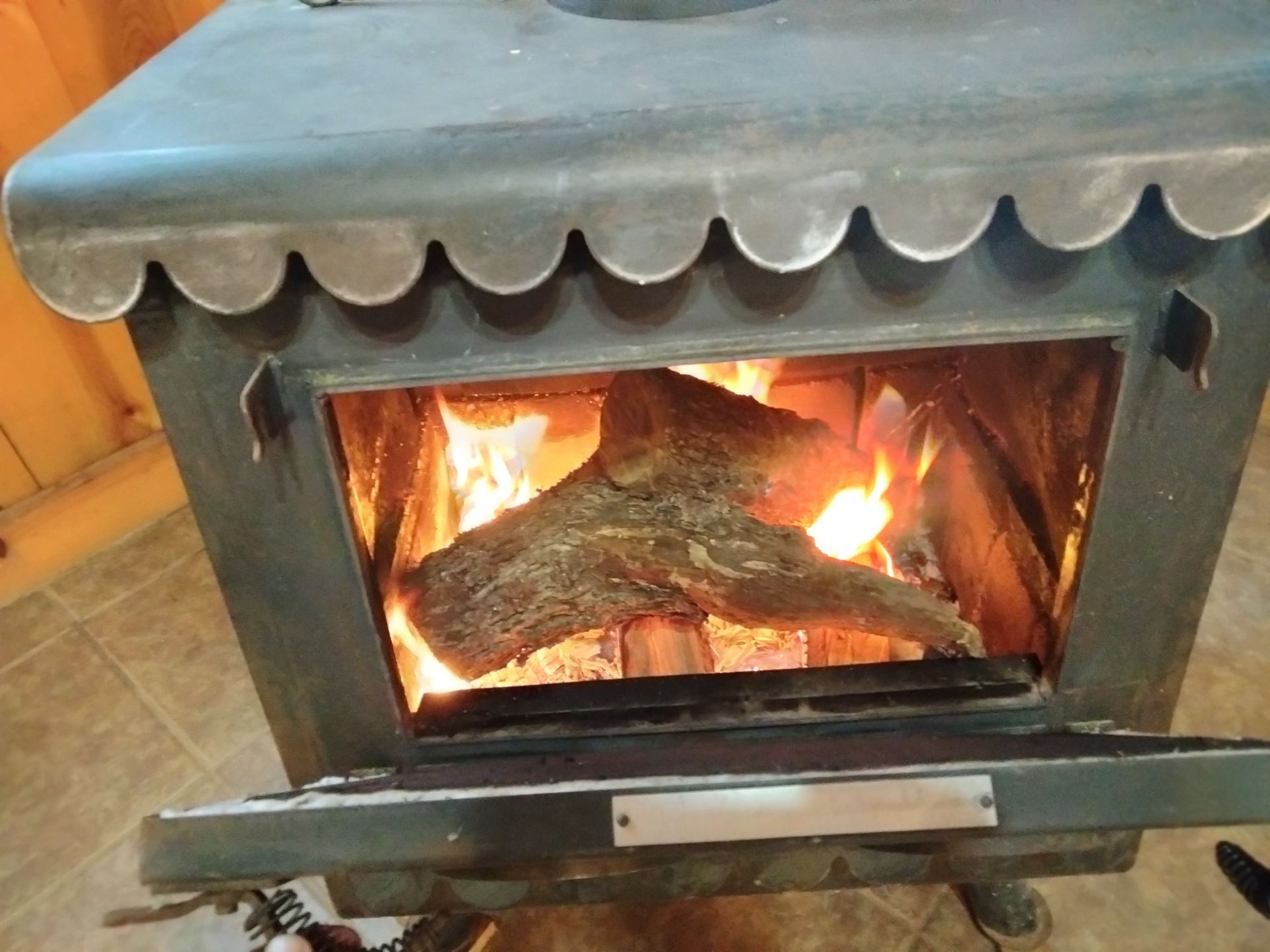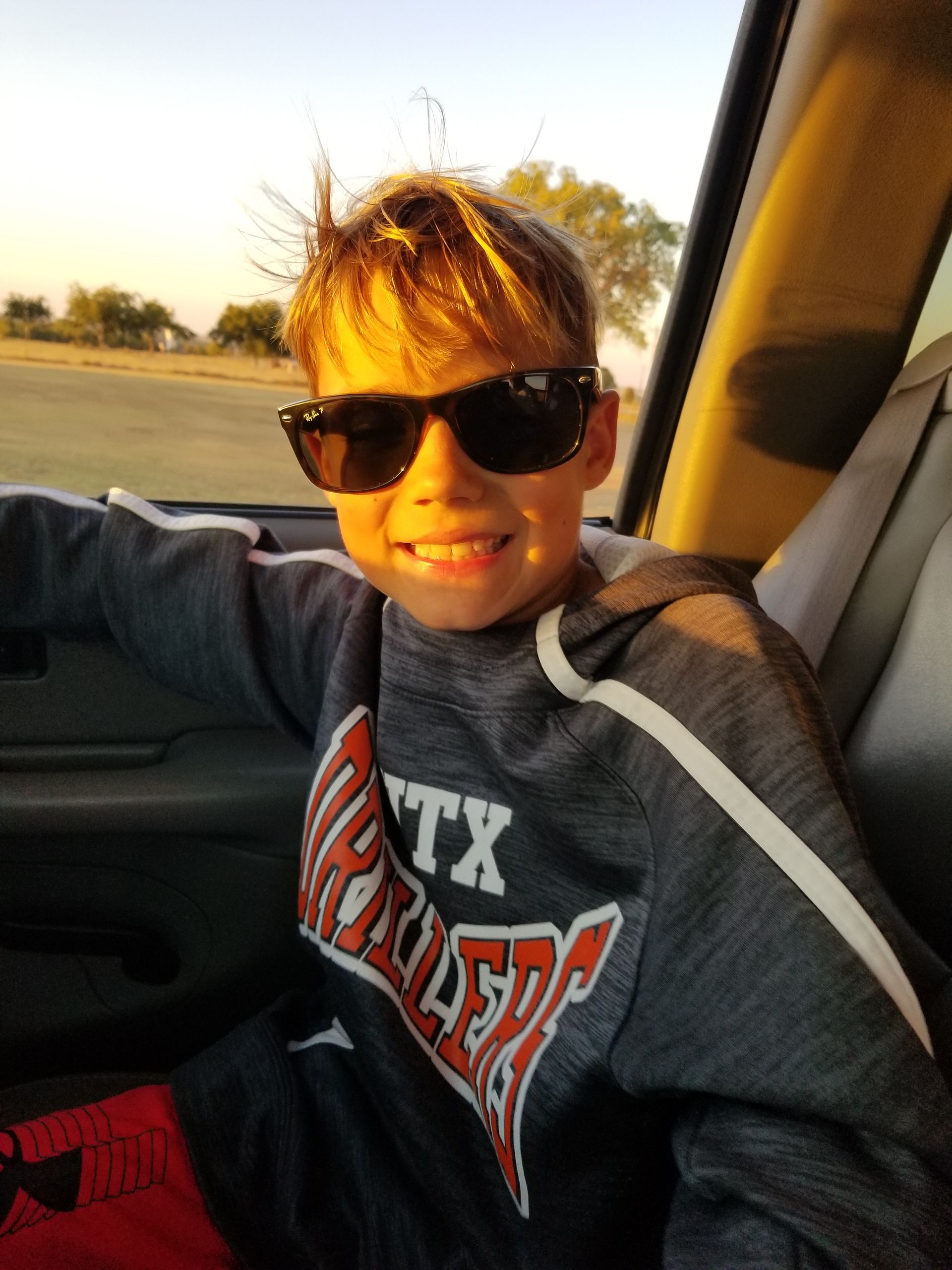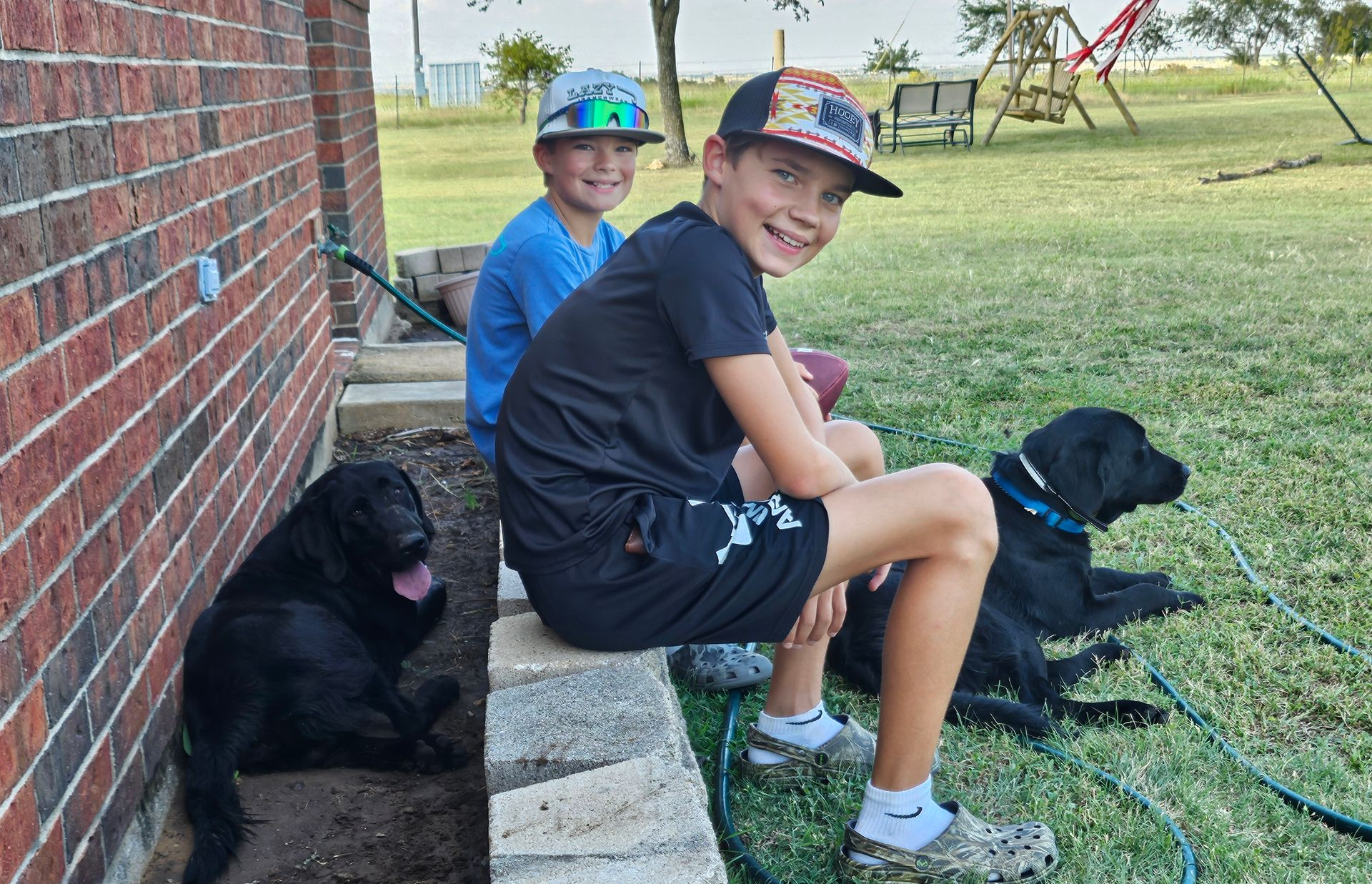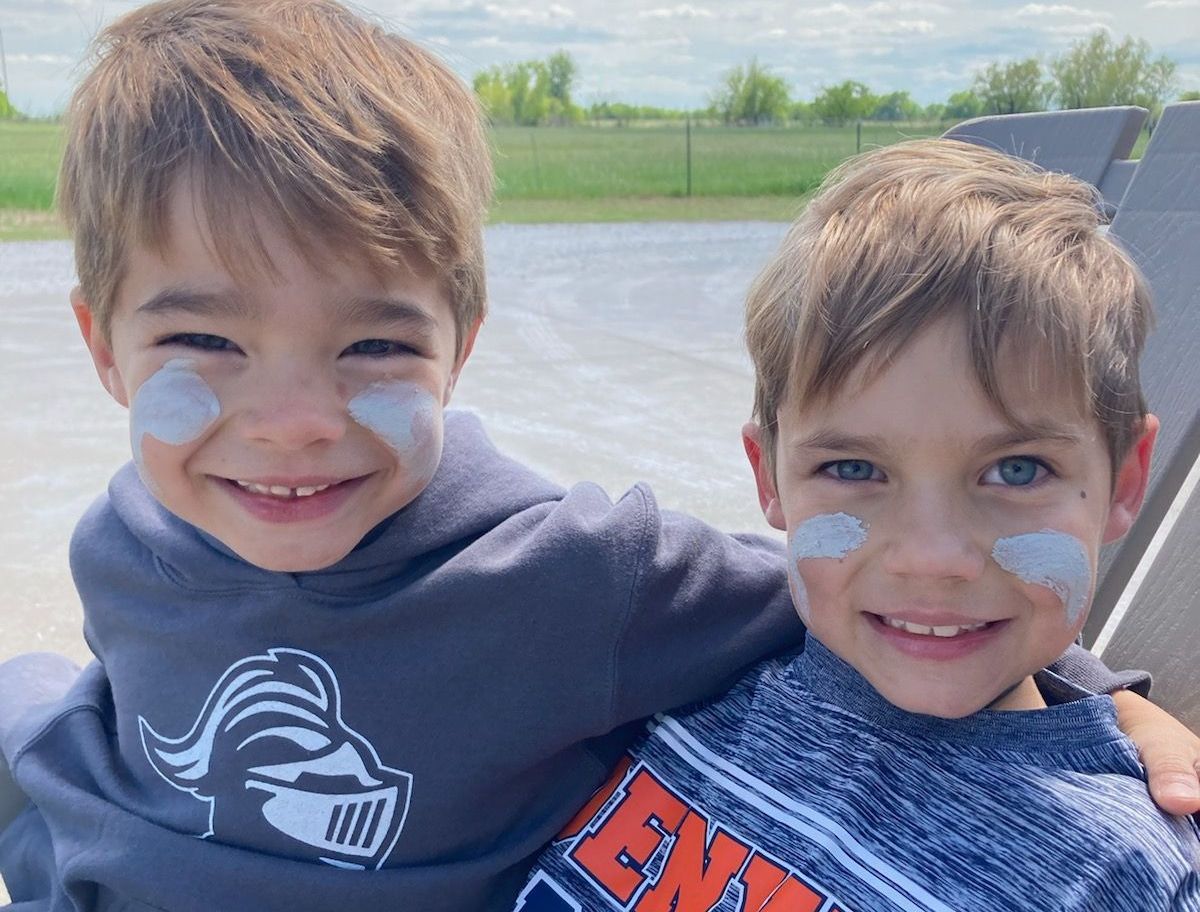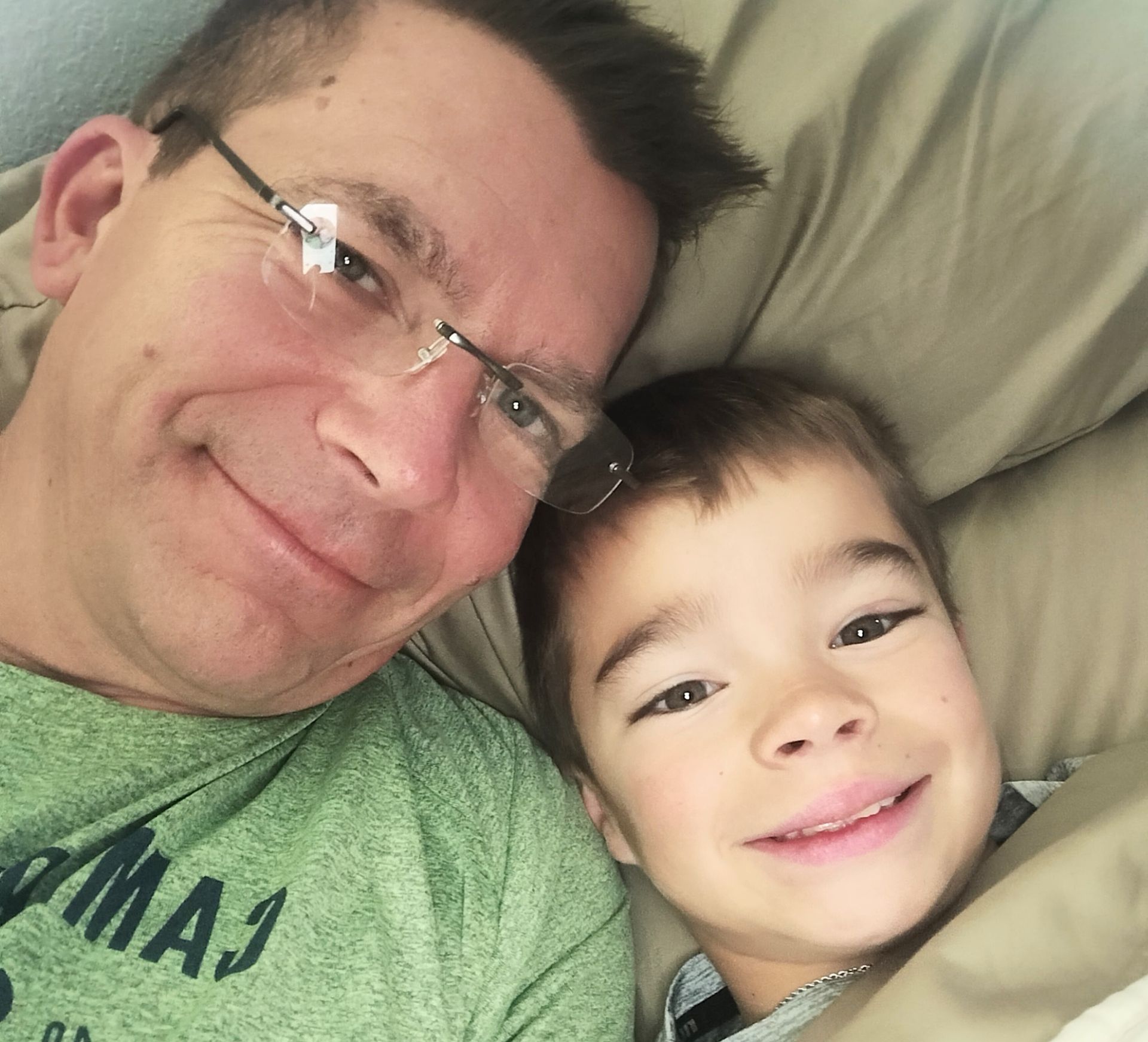Closing the Gap...Between Who we Are and Who We Were Meant to Be
“The more you learn about who you are, the easier it will be to know what to do .”

Who, exactly, are you?”
A tough question I’ve been asked so many times.
In attempt to answer, I’ll explain
what I do or about an experience I’ve had…
“I’m a bike rider.”
“A business owner.”
“We have an RV Campground and retreat center.”
“I’m a dad.”
But those answers describe a role, experience, or choice I've made. They don’t always reflect the deeper truth of who I am—
Especially if the decisions that led me to those choices weren’t made from a place of authenticity.
Here’s an example…
Let’s say you went through grade school and high school dreaming of becoming a kindergarten teacher. The idea of helping shape young people’s lives by allowing them to feel safe, independent, and valuable was invigorating to you. After high school, and while in college, you found yourself rooming with the daughter of a stock broker. Nice girl, kind, generous, and fun…but a transformation happened in your brain while she took you for rides on Saturday nights in her new BMW, sunroof open, and people looking.
It felt good. And you liked that feeling.
At one point, you began to realize that your preferred field of study may not be able to afford the same lifestyle your roommate had introduced you to.
So you change majors and become a stockbroker instead.
Years later, if I asked, “Who are you?” You might answer, “I’m a stockbroker.” In that moment, there is a high likelihood I’d feel like something was missing from your answer. I would sense that the kindergarten teacher was still “in there” somewhere.
But if you tell me how much you still love spending time with kids, or how leading your Sunday School class with 4 year olds brings you so much joy—then we’d be getting closer to the real answer. And I'd truly begin to know you.
Why is this question so hard to answer?
Because
life happens. And while we want our children to become more clear and confident about who they are…it seems a large population of adults may not be that clear either.
The Pattern...
For so many in the 21st century, childhood was spent online and mesmerized watching seemingly young-adult millionaires getting into the Lambo in front of the mansion. We then spend our late teens and early 20s exploring, bouncing around, learning and continuing to dream. But then, pressure sets in. We see classmates getting married, posting vacation pics, buying cars and houses—and we slip into “survival mode.”
Not survival in the literal sense. We have food, shelter (even if it’s shared with six roommates), and community. But compared to the filtered highlights of others, our reality feels inadequate. That gap leads us to chase things we never really wanted—trying to “catch up.”
We slowly drift away from who we started out being to where we are now. And the wider that gap becomes, the harder it is to close.
Our 17-year-old is heading into his senior year. We’re having “what’s next?” conversations. My message to him is simple:
“The more you learn about
who you are, the easier it will be to know
what to do .”
But outside voices about college, trade, travel, work, and where to live can quickly drive someone into survival mode. It’s no wonder people feel lost.
It’s why I’m so passionate about helping others find their way
back to who they really are.
Not the resume’ version.
Not the social media version.
But the version of that human God created with purpose.
At Lone Oak, we offer a quiet, safe, distraction-free space to ask real questions—and listen for honest answers:
- What genuinely makes me happy?
- When do I feel most like myself?
- Who am I around when I feel that way?
- What am I scared of?
- What actions reflect the best version of me?
I’ve been known to share a comment, openly, with young people:
“You can become a millionaire in a week if money’s your ONLY goal—but what you’ll have to do
may not be legal, ethical, or moral. So the question isn’t,
can you do it... it’s,
how much of your soul are you willing to sacrifice to get it?”
Take your time. Ask the right questions. Trust the process (and people). Keep taking steps. And stay encouraged.
– Brian


